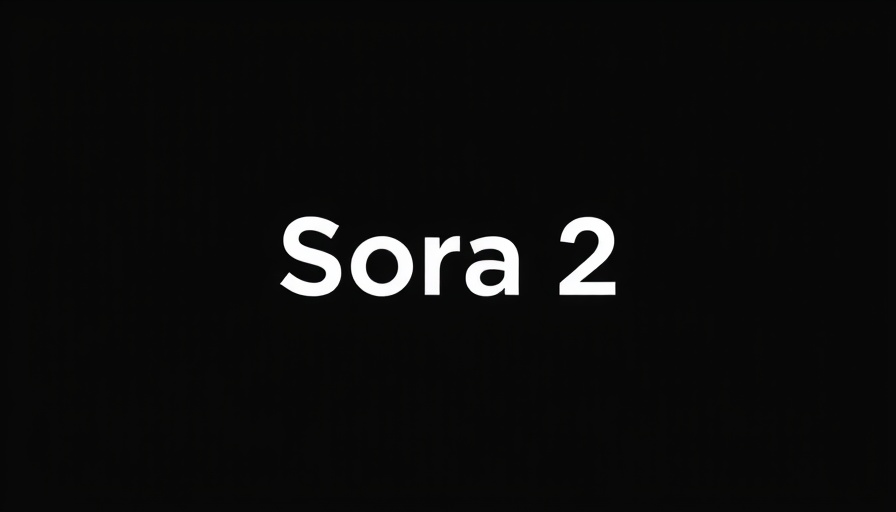
OpenAI Unveils Sora 2: A Step Towards AI-Generated Creativity
OpenAI has recently introduced Sora 2, its latest AI model that takes video generation to a new level of realism, while also launching a social app that mirrors the feel of popular platforms like TikTok. This innovative step showcases OpenAI’s ambitions to blend creativity and advanced technology, allowing users to create and interact with AI-generated content in a more immersive way.
What's New in Sora 2?
Sora 2 stands out with its improved ability to respect the laws of physics, moving away from the surreal and often jarring animations of its predecessor. For instance, in the demo videos, action-packed clips such as beach volleyball matches and skateboard tricks appear more lifelike. The physics are real: a basketball will now realistically bounce off the backboard instead of teleporting into the hoop. This progression marks a notable advancement in how AI can generate authentic video experiences.
Cameos: The Highlight Feature
Perhaps the most eye-catching aspect of the Sora 2 app is its feature dubbed “cameos.” Users can upload a short video of themselves, allowing the software to create a realistic artificial likeness to be placed in various scenes—from breakdancing to triumphing at a volleyball game. Furthermore, the app promotes a social aspect by enabling friends to use each other’s likenesses, fostering collaborative content creation.
Understanding Algorithmic Feeds and Privacy Controls
Similar to TikTok, Sora implements an algorithmically curated feed that adapts to user behavior, location, and past activity. An interesting twist is the integration of ChatGPT interaction data, enhancing the personalization of content. However, with these advancements come concerns regarding privacy and safety. OpenAI provides parents with controls to limit interactions and screen time, but the potential for misuse—especially regarding user likenesses—looms large.
The Risks of Creative Freedom: Are We Opening Pandora's Box?
As OpenAI embraces AI-generated content so wholeheartedly, significant ethical questions arise. The freedom to use one another's likenesses could easily lead to deepfake abuses or identity theft. While OpenAI assures users they can revoke permissions at any time, the underlying question remains: Are these measures adequate to safeguard users against potential harms? It seems essential for platforms built around AI integrations to implement stricter safeguards compared to traditional social media.
Future Predictions: Where Is AI Content Creation Headed?
The launch of Sora 2 signals a broader trend in the realm of AI and creative technologies. Experts predict that as AI tools continue to evolve, we may witness an increasing democratization of content creation. A future filled with user-generated content enhanced by AI presents exciting opportunities, but it also necessitates responsible governance to prevent the misuse of likenesses. Authors and artists may find themselves navigating a new landscape of collaboration with AI, thus transforming how creativity is perceived and executed.
Conclusion: Protecting Your Digital Identity
As Sora 2 embarks on reshaping content creation through AI, it highlights the need for deep reflection on identity and consent within digital interactions. Busy entrepreneurs, professionals, and creators must stay alert, as leveraging AI tools may introduce new challenges alongside exciting opportunities for innovation. Thoughtful discussions around ethics and robust privacy measures must remain at the forefront of this technological evolution.
Navigate the complexities of this new frontier by exploring our weekly AI roundup to stay informed about the latest trends, tools, and potential impacts of AI technologies on our daily lives.
 Add Row
Add Row  Add
Add 




Write A Comment